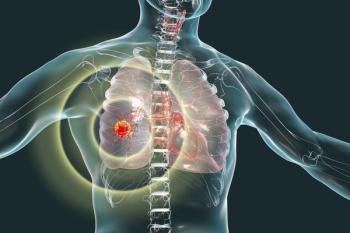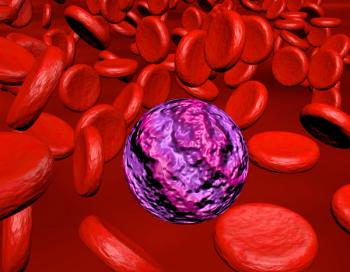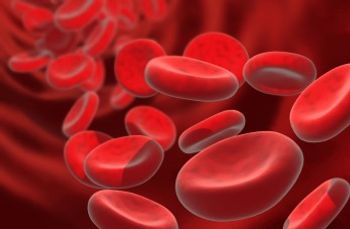
- Oncology Vol 28 No 4
- Volume 28
- Issue 4
The Daily Miracle of Palliative Radiotherapy for Prostate Cancer
It is important for all of us now and then to take a step back and recapture the wonder that we all felt at the onset of our careers, when treatments we now consider simple and routine held an aura of miracle. For me, a little bit of that wonder returns every time I treat a patient with a bony metastasis-in particular, from prostate cancer.
“There are only two ways to live your life. One is as though nothing is a miracle. The other is as though everything is a miracle.”-Albert Einstein
It is important for all of us now and then to take a step back and recapture the wonder that we all felt at the onset of our careers, when treatments we now consider simple and routine held an aura of miracle. For me, a little bit of that wonder returns every time I treat a patient with a bony metastasis-in particular, from prostate cancer. The very first patient in my radiation oncology rotation in medical school whom I saw through the entire cycle of consultation, treatment delivery, and response was a man with prostate cancer who had a painful thoracic spine metastasis. I still remember him-a large, dark-haired man in his 60s, lumbering down the hallway at the University of Michigan in a red work shirt and jeans midway through his radiotherapy, smiling and grateful that he could now sleep through the night without waking in pain. I remember being blown away by how amazing radiation could seem. Here was a patient to whom we had delivered a beam of high-energy photons (light!), and his pain had abated. How could invisible light ease pain?
There are few things in the world as debilitating and dehumanizing as unremitting and uncontrolled pain. Pain can render the body and mind unable to function, can cause the strong to become helpless, and perhaps more than any other sensation can remind a person that something is terribly wrong. The palliation of pain and discomfort is arguably one of the noblest things that a caregiver can provide. Thus, to this day, when I take a step back and out of my white coat, it still fills me with joy and amazement that precisely delivered packets of energy can ease pain in such a dramatic manner. It is nothing short of miraculous.
I am therefore grateful to Drs. Boyer, Salama, and Lee for their skillful reminder to all of us that radiotherapy is perhaps the best-studied treatment for the relief of pain in patients with metastatic prostate cancer, and that randomized trials of this therapy have spanned the past 4 decades and enrolled thousands of patients. Their review of the modern literature reminds us that single-fraction radiotherapy should be considered whenever possible, and that retreatment with radiotherapy is effective and well tolerated. Finally, they review new innovations in radiotherapy, including improved treatment delivery and immobilization (radiosurgery) and radiopharmaceuticals (radium-223).
In retrospect, it makes sense that the first patient I would see through the course of radiation treatment would be someone with a painful metastasis. In the world of increasing specialization of radiation oncology and cancer care, the one clinical situation-perhaps above all others-that is common to all radiation oncologists around the world is the palliation of cancer pain from metastatic disease. In their review, Boyer et al confirm what oncologists have known for decades: that radiation, skillfully and compassionately delivered, is the single most effective tool for palliating pain that we have. I applaud Boyer et al for their wonderful review, and I thank the radiation oncologists, physicists, dosimetrists, therapists, and nurses who go forth every day and do the common and often unglamorous work of treating metastatic disease. It is through their work that little miracles continue to occur every day throughout the world.
Financial Disclosure:Dr. Yu receives research funding from 21st Century Oncology.
Articles in this issue
over 11 years ago
HER2-Positive Breast Cancer: The Story Goes Onover 11 years ago
Diffuse Large B-Cell Lymphoma: One Treatment No Longer Fits Allover 11 years ago
Diffuse Large B-Cell Lymphoma: Changing Treatment Paradigmsover 11 years ago
Large Renal Mass: A Challenge for the UrologistNewsletter
Stay up to date on recent advances in the multidisciplinary approach to cancer.


















































































